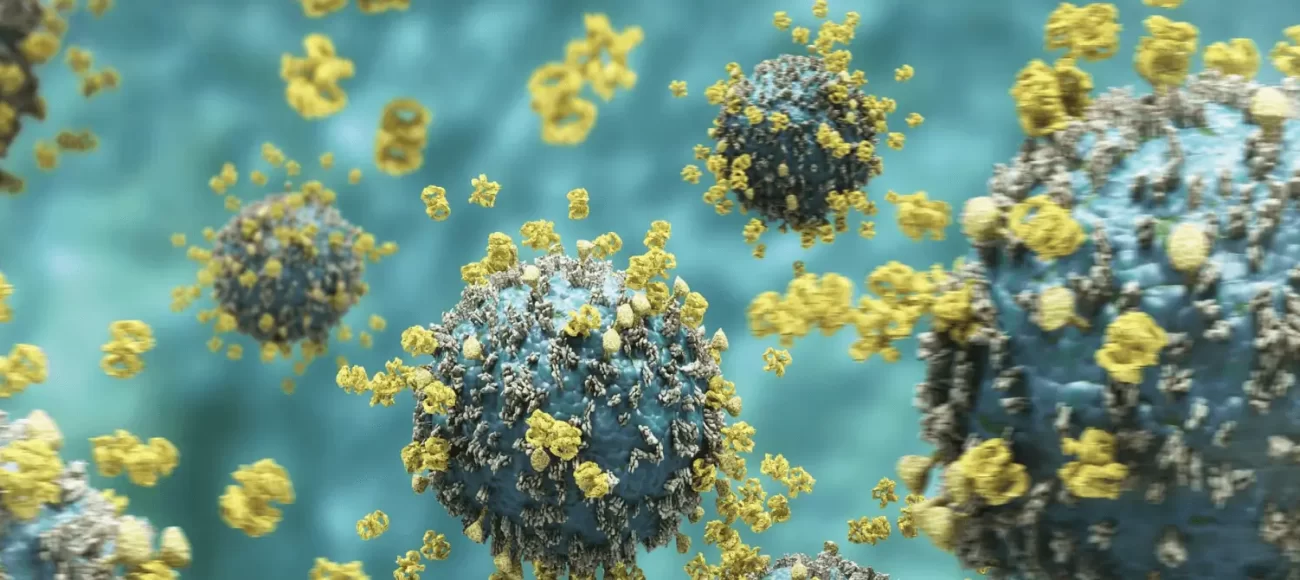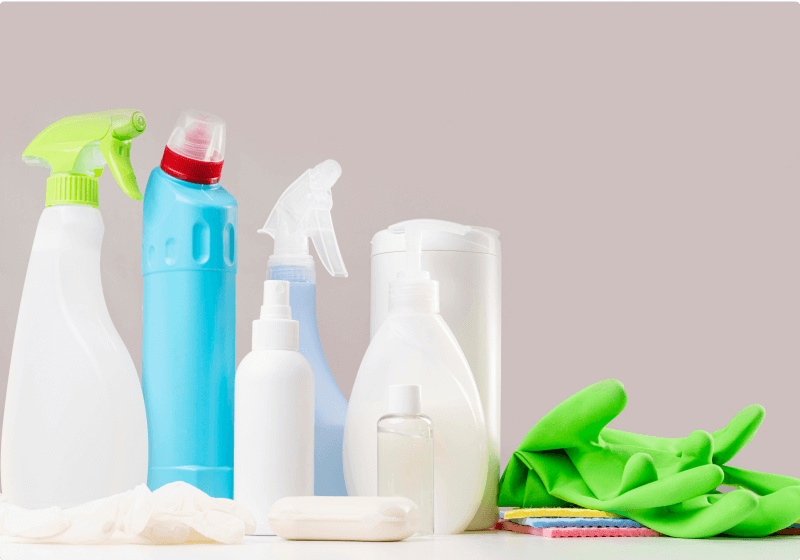Norovirus was first identified in Norwalk, Ohio, in 1968. It is a highly contagious virus and identified as the primary cause of acute gastroenteritis globally. The most common signs and symptoms usually manifested by a person infected with this virus are stomach cramps, nausea, vomiting, or diarrhea. However, people might also show additional symptoms such as fever, headaches, and body aches.
Interesting Norovirus Facts You Must Know
- Norovirus are a group of non-enveloped, single-stranded RNA viruses belonging to the family Caliciviridae.
- Norovirus is one of the highly stable viruses able to remain infectious in very difficult hostile environments.
- Norovirus is also called a winter vomiting disease-causing pathogen due to increased outbreaks of norovirus infection during winter.
- Norovirus is classified into 10 Genogroup and 49 Genotypes. Although Genogroup I (GI), GII, GIV, GVIII, and GIX can infect humans. GI.1 and GII.4 have been associated with human infections that have led to hospitalization.
- Norovirus can hit any age group. People with immunocompromised system are more vulnerable to norovirus infection
- Norovirus can cause dehydration, which can be life-threatening if left untreated. 200000 people die due to this viral infection annually, mostly in developing countries. The financial losses incurred due to this viral infection are roughly £48 billion a year.
Also Read: Top Facts about Influenza A H1N1 Virus
Causes of Norovirus Infection
People can contract Norovirus infection by any of following means –
- Ingesting contaminated food, water, and other fluid items
- Being in close contact with infected people
- Touching surfaces contaminated with norovirus
- Eating raw, undercooked, and poorly handled cooked food
Prevention and Control Measures for Norovirus
Norovirus is primarily transmitted through the fecal- oral route. Hence, spread of norovirus infection can be prevented by good hygiene practices.
Following precautionary measures can lower risk of contracting Norovirus infection –
- Hand hygiene – Maintaining hand hygiene is the first and foremost thing to prevent the spread of any infection. Make sure to wash your hands more often for almost 20 seconds before making meals, after using the bathroom or changing diapers.
- Surface disinfection – Norovirus can survive on inanimate surfaces, hence, can become a concerning cause for infection transmission. Surface disinfection is a process of killing/eliminating norovirus pathogens. Surface disinfectants for norovirus are available in the market which would also provide protection against other potential viral agents. At MIS, we can help clients to assess virucidal efficacy of their disinfectant products as per EN, AOAC, and ASTM guidelines.
- Avoid touching commonly touched surfaces in public areas – Viral cross contamination in public areas happens very easily and can result in major outbreaks.
- Stay home – Since norovirus is highly contagious, staying home, and maintaining social distancing can reduce risk of infection spread.
- Kitchen precautions – Wash all food items property and avoid cooking if you are infected with Norovirus.
Also Read: Introduction To Microorganisms
Uses of Norovirus Microorganisms at MIS lab
Noroviruses are recognized as major contributors to acute gastroenteritis globally. Thus, careful disinfection or sanitization is essential to curtail virus transmission.
At MIS, we use Murine Norovirus (FLI S99) as a reference microbe while doing an antimicrobial screening of disinfectant/antiseptics, coating materials, and textiles. We can help and support manufacturers and companies with the accreditation process and development of high performance products.
Murine Norovirus (FLI S99) is used as a test microorganism for many standard protocols such as EN 16777, EN 17111, ASTM E1053, etc.
Need assistance with the choice of microbes for testing, check out our microbial library.
MIS testing analysis has created a proper framework that is aligned with EN, ASTM, AOAC, and USP standards. To get a quote or more information on our antimicrobial product testing services, contact us now.














